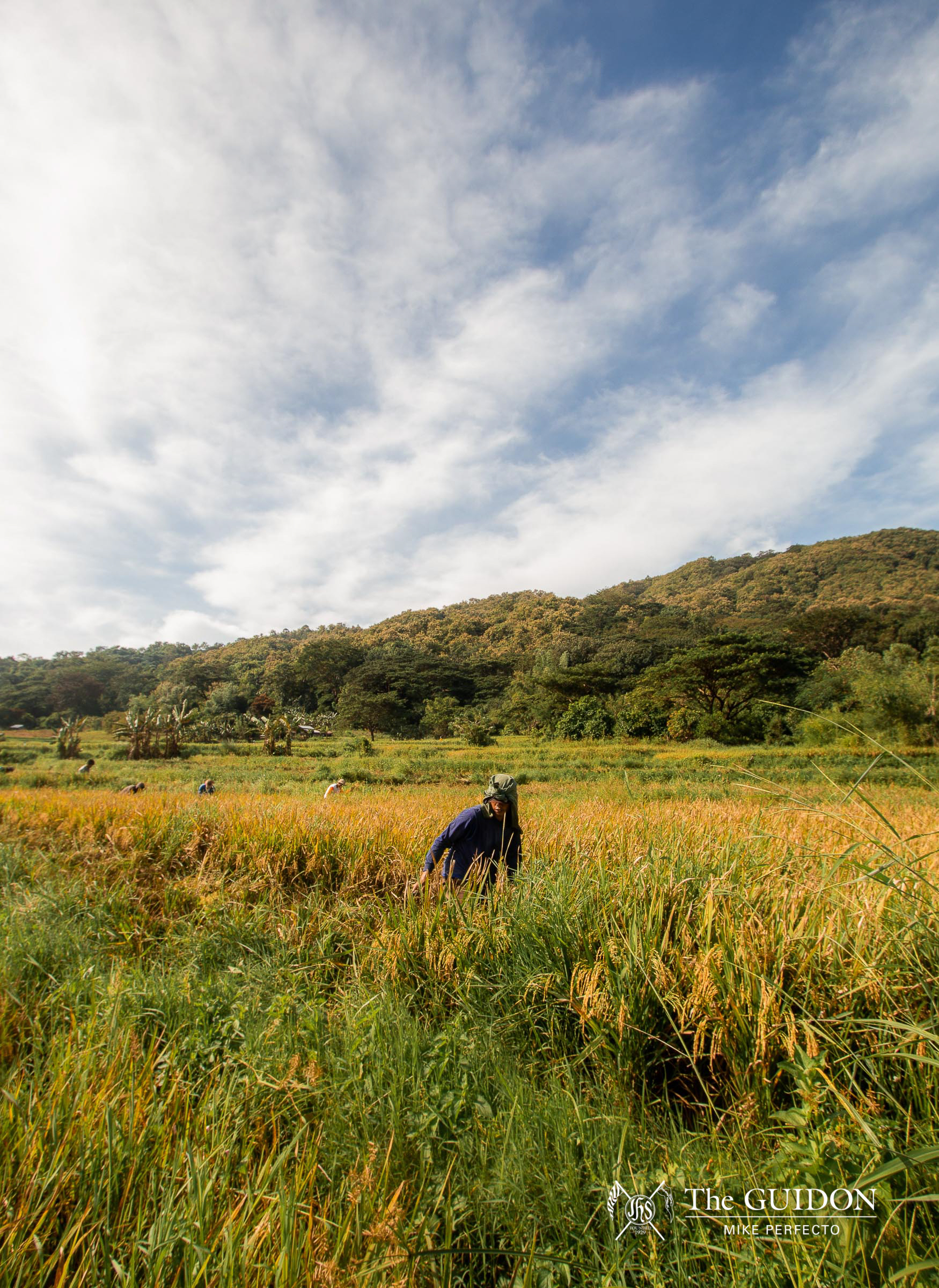On August 2018, House Bill (HB) No. 7735, or the Revised Agricultural Tariffication Act, was approved by the House of Representatives, allowing the President to regulate rice exports and adjust existing rates of import duties. With the intent of giving rice farmers additional protection while providing the country with more tax revenue, HB Bill No. 7735 aimed to lower rice prices from inflation by creating an influx of rice importations. This served as a revision of the Agricultural Tariffication Act of 1996 that allowed the National Food Authority to monopolize rice importation and the government to control the volume of the grain shipped into the country to compensate for any shortcomings in domestic production in the country.
However, many of those who voted against the bill such as Gabriela Women’s Party Representative Emmi de Jesus predicted the bill would be detrimental to local rice production and the Philippine economy. In an interview with the Inquirer, she stated that, “The local farmers would only be disregarded all the more, because the rice importers and traders will primarily benefit. And because the rice cartel will be in a more advantageous position, the manipulation of rice prices will only worsen.”
Despite this, the House’s passing of the Act was also to address the World Trade Organization’s (WTO) deadline for the removal of quantity restrictions (QR) on rice. Members of the WTO are expected to commit to non-use of quantitative restrictions and in its stead, tariff rates. Quantitative restrictions limit the importation of goods, while tariff rates allow for importation with added tax. Such a policy exists to promote competitiveness and accessibility among global exports. The Philippines has requested several extensions on allowed use of QR, spanning years 2005 to 2017. Since then, the Duterte administration has sought to finally end the QR extensions and ease tariffication.
The free market is deemed to be one step closer to local farmers’ global competitiveness, but the country’s rice inflation has only gone up as imports from other nations arrive.

The price of rice
As the supply of rice in the country increases from imports and local production, one would assume that the retail price of rice would be cheaper. However, price regulation goes beyond the simple concept of supply and demand. The domestic price of rice relies heavily on what research institution IBON Foundation calls, the “world price.” When the world price increases, it is partly due to the higher global standard quality of rice. More imported rice coupled with insufficient local agri-development can influence local prices, which greatly affects the already disadvantaged farmers.
One instance was cited in an article written by Rappler, saying that in July 2008, a global rice crisis occurred from January to May. The year started with the well milled rice (WMR) retail price pegged at Php 25.67 in January and eventually reaching Php 39.76 in July. This subsequently decreased to Php 32.50 in December. Viewed in a global context, the first four months of 2008 saw a 300% (300 to 1,200 USD) increase in the price of rice.
However this is not the first time the government has imported rice. According to a Rappler article done in 2014, the Aquino government resorted to importing 500,000 metric tons (MT) in addition to the 800,000 MT for the year 2014. Rice hoarding also reached 2.3 million MT under Aquino from 2011-2014. In an interview with Rappler, economist JC Punongbayan, stated that the 2008 rice crisis was more global in nature while the crises in 2014 by the Aquino administration were “self-inflicted” due to bad policies and corruption.
What’s left of the land
On the ground, farmers anticipate the blow of the imported rice on their own goods. From an estimated 35,000-45,000 pesos spent on production, a Nueva Ecija farmer will be able to earn roughly 50,000 pesos after other farming expenses have been paid off. The implementation of the Tax Reform for Acceleration and Inclusion (TRAIN) Law has increased prices of inputs such as fertilizer and fuel, cutting down profit even more.
Farmers that are unable to shoulder the costs themselves turn to loans from rice traders and other non-government sources that set them up with high interest rates. Onerous documentation requirements prevent them from borrowing money from more secure lenders such as banks and the government. This contrasts the state of one of the Philippines’ largest rice importers: Thailand, whose government has been arranging loans specifically for farmers that amount to nearly USD 633 million.
These loans actually entrap Filipino farmers in poverty. “We saw the farmers are put in a very oppressive system for generation after generation,” says Rachel de Villa, cofounder of Cropital in her interview by Forbes. Farmers also face the challenge of climate with a typhoon being able to wipe the entire harvest leaving farmers forced to acquire loans.
Peasant groups Bantay Bigas and Kolektiba ng Magsasaka Laban sa Importasyon have been voicing their aversion towards the passing of the Rice Tariffication Act and importation of agricultural products.
In the city of Malolos, farmer leaders were appealing to the National Food Authority Council (NFA) to revise the Rice Tariffication Act. The forum was called to address concerns raised by stakeholders with respect to the new guidelines on rice importation. In an interview with The Philippine Star, the cooperating farmers stated that, “The lopsided volume allocation of 80:20 in favor of non-farmer organizations is a carryover of the anti-poor NFA practice in the past administration,” referring to negligible amount of rice that will be allocated to them. Furthermore, the farmer leaders cited Republic Act 8435, or the Agriculture and Fisheries Modernization Act of 1997, which provides privileges to farmers such as poverty alleviation and social equity, shield against unfair competition, enhancement of profit and income opportunities in the agriculture sector. The greater amount of rice that will be allocated to the farmers, the greater their profit will be.




